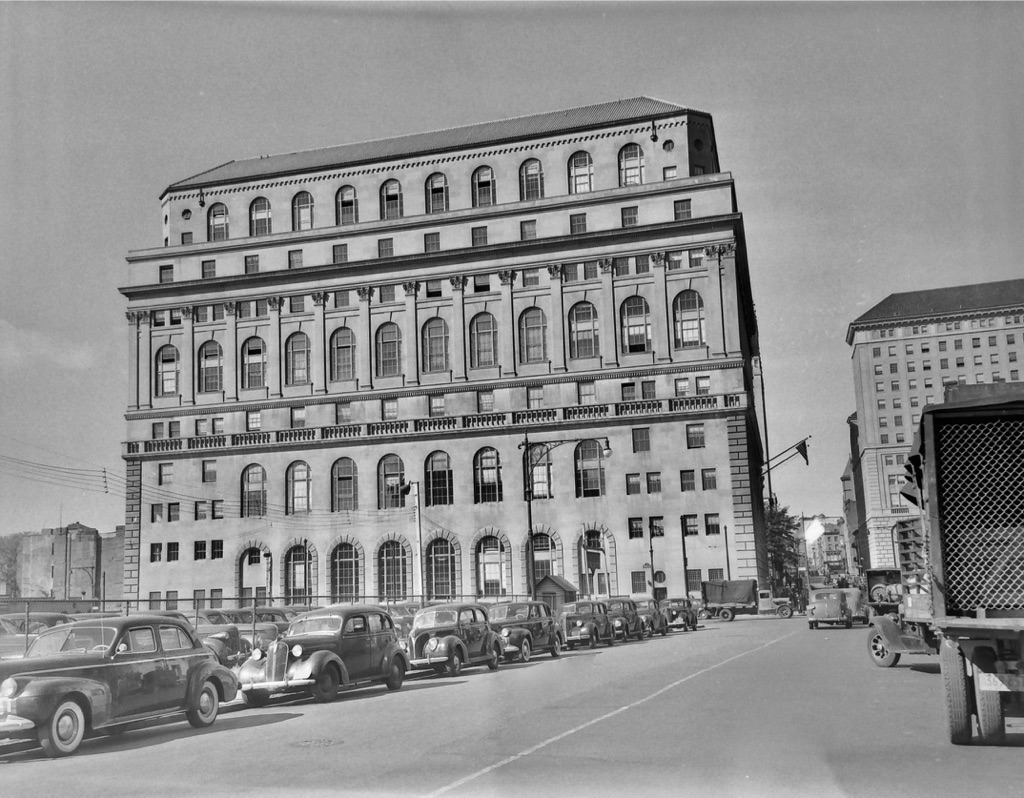Kaufman’s Brooklyn: Seven photos of ‘Buildings: ‘New’ and older’

My father, Irving Kaufman (1910 – 1982), was a professional photographer who started in Brooklyn in the mid 1930s working for the Brooklyn Daily Eagle. He captured thousands of images of Brooklyn through the 1950s. I have recently digitized a great many of them. My father’s profile can be found here.
This week’s theme:
I’ve called this week’s theme “Buildings: ‘New’ and older.” Since the photos I’m displaying were taken at least 80 years ago, none of them qualify as new today. But many of them were fairly new at the time these photos were taken. Since these “new” buildings are already old today, the other ones have to be called “older.”

Brooklyn Boro
View MoreNew York City’s most populous borough, Brooklyn, is home to nearly 2.6 million residents. If Brooklyn were an independent city it would be the fourth largest city in the United States. While Brooklyn has become the epitome of ‘cool and hip’ in recent years, for those that were born here, raised families here and improved communities over the years, Brooklyn has never been ‘uncool’.